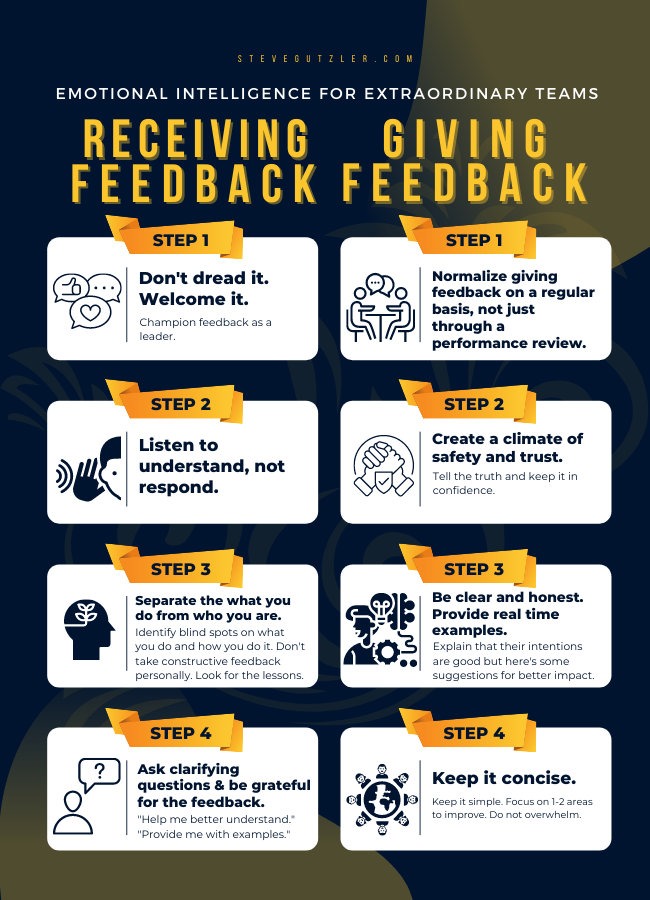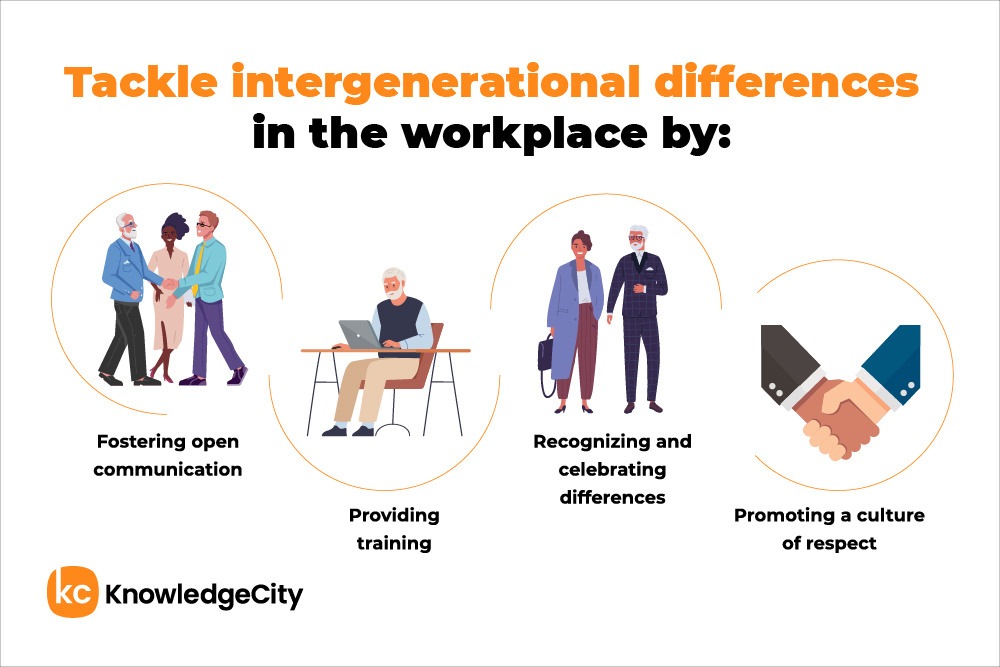Effective Communication Methods for Leaders 40+

Effective Communication Methods for Leaders 40+
As leaders in their 40s and beyond, effective communication is crucial for success in both personal and professional life. This age group often faces unique challenges, such as navigating generational differences, managing stress, and maintaining relevance in a rapidly changing world. Effective communication can help leaders build strong relationships, foster a productive work environment, and achieve their goals. Here’s a comprehensive guide to help leaders in this demographic enhance their communication skills.

Understanding the Challenges of Middle Age
Middle age, typically defined as the period between 40 and 55, brings about significant life changes. It’s a time when individuals often reassess their priorities, seek new challenges, and face health and lifestyle adjustments. Leaders in this age group may encounter psychological factors such as frustration and feelings of obsolescence, which can impact their communication style and effectiveness .7.

Key Communication Skills for Leaders
Effective communication is the backbone of successful leadership. Here are some essential skills and strategies that leaders over 40 can adopt:

1. Verbal Communication Techniques
-
Clear Articulation: Leaders should articulate their thoughts concisely, avoiding jargon and focusing on straightforward messages that resonate with their audience .15.
-
Active Listening: Demonstrate active listening by acknowledging team members’ ideas and encouraging open dialogue .4.
-
Constructive Feedback: Provide feedback in a positive manner, framing criticism with actionable suggestions to promote growth and improvement .4.
-
Storytelling: Use storytelling to illustrate key points, making messages more relatable and memorable .15.

2. Nonverbal Communication Strategies
-
Body Language: Utilize positive body language such as maintaining eye contact and using open gestures to convey confidence and approachability .2.
-
Facial Expressions: Express emotions through facial expressions that align with your messages .4.
-
Posture: Maintain an upright posture to project authority and attentiveness .4.

3. Adapting Communication Style
Effective leaders understand the importance of adapting their communication approach to suit different audiences and situations. This may involve adjusting your tone, language, or delivery method to ensure your message is received as intended .15.

Practical Tips for Improving Communication

1. Practice Active Listening
Active listening is not just about hearing words; it’s about understanding the speaker’s message, thoughts, and emotions. Leaders should encourage open dialogue and acknowledge team members’ ideas to foster a supportive work environment .15.

2. Seek Feedback
Embracing feedback from team members provides valuable insights into your communication strengths and areas for improvement. This two-way street of communication encourages openness and helps you become a better leader .15.

3. Use Storytelling
Storytelling is a powerful tool that leaders can use to engage their audience and make complex ideas more relatable. By incorporating stories into your communication, you can inspire and motivate your team, making your messages more memorable .15.

4. Leverage Technology
In today’s digital age, technology offers numerous platforms for communication. Leaders can use video conferencing tools, social media, and email to reach a wider audience and adapt to different communication preferences .11.

Managing Difficult Conversations
As leaders, managing difficult conversations is inevitable. Here are some strategies to help navigate these situations effectively:
-
Prepare Thoroughly: Understand the context and purpose of the conversation.
-
Use Empathy: Show understanding and acknowledge the other person’s perspective.
-
Be Clear and Direct: Communicate your message clearly without ambiguity.
-
Follow Up: Ensure that actions agreed upon are implemented .12.

Overcoming Generational Communication Barriers
In a multigenerational workforce, communication styles can vary significantly. Here are some tips to bridge these gaps:
-
Understand Different Communication Preferences: Recognize that different generations may prefer different communication methods, such as email, phone calls, or text messages.
-
Be Adaptable: Adjust your communication style to suit the audience.
-
Foster Inclusivity: Use inclusive language and encourage participation from all team members .4.

Maintaining Relevance in a Changing World
To stay relevant, leaders must be open to learning and adapting to new trends and technologies. Here are some strategies:
-
Stay Updated: Continuously update your knowledge on industry trends and technological advancements.
-
Embrace Change: Be willing to adapt your communication strategies as needed.
-
Mentorship: Both mentor and be mentored by younger professionals to gain new insights .6.

Conclusion
Effective communication is the key to successful leadership, especially for those in their 40s and beyond. By mastering verbal and nonverbal communication skills, adapting to different audiences, and embracing technology, leaders can build strong relationships, foster a productive work environment, and achieve their goals. Remember, effective communication is not just about conveying messages; it’s about connecting with people and inspiring them to work towards a common vision.

Additional Resources
For further reading and practical exercises, consider the following resources:
-
Leadership Coaching: Engage with a leadership coach to tailor your communication strategies to your specific needs and goals.
-
Online Courses: Participate in online courses focused on communication skills, such as those offered by platforms like Coursera or LinkedIn Learning.
-
Books on Leadership Communication: Read books that explore effective communication techniques, such as “The Art of Public Speaking” by Dale Carnegie.
By incorporating these strategies and resources into your leadership approach, you can enhance your communication skills and become a more effective leader in your personal and professional life.








